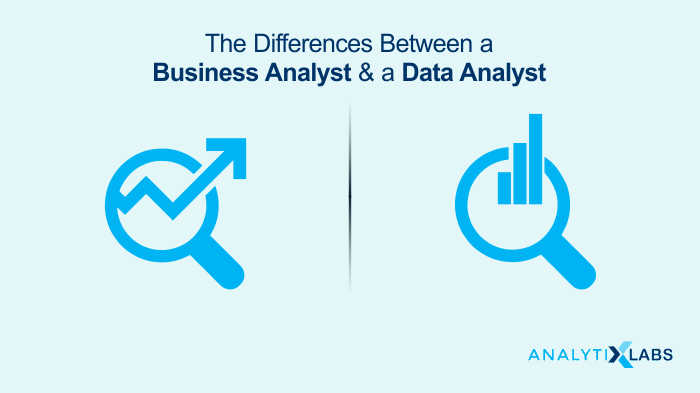Tableau is a simple software with easily understandable features. There is nothing too mathematical or deeply technical. Then why does one really need to undergo a formal training to use Tableau effectively? It can be easily learnt through the internet, so it seems. If you think in this way, you are missing the most important point which is the conceptual part involved in the effective utilisation of Tableau or any Data visualisation tool for that matter. We know that Tableau is a data visualisation tool; but there is a fair deal of conceptual details about Business Intelligence and analytics that you need to have before using it to effect.
A basic overview
Business Intelligence as a genre of studies or professional work comes under the wide umbrella of analytics. To make things look simple experts have classified analytics in parts; in fact there are four steps – each taking the analyst to a zone of increased complexity.
Step one is Descriptive analysis – It means churning through historical data to find out what happened and describing how it affected business.
- Diagnostic analysis – it focuses on trying to find out why it happened.
- Predictive analysis – Figuring out or really predicting what will happen in the future.
- Prescriptive analysis – Telling what can be done to make things happen for the business.
Business Intelligence deals basically with the first two steps and a little bit of the third step. Tableau can be used to do these things effectively, given that you really know how to.
Why do you need Tableau Training?
Analysing a business is quite useless unless you can show the results and make people understand them. It is important to identify insights that are actionable. When the concern is data visualisation, Tableau is arguably the most popular choice. Let us see the areas in which Tableau training can help you.
- Data Visualisation – A fair bit of conception is needed to make sure you are taking the right way to visualize a certain set of data. You need to understand when to use a chart, whether to use absolute values or percentage values, how to colour code the presentations. A good instructor can really change the way you visualise data for the better.
- Data Management – Tableau is quite capable of data management provided you know how to do it. You must learn to use filters, learn various techniques like sorting, grouping, blending, etc. The influx of data from multiple sources should never create a problem for you.
- Data Manipulation – This is the area where self teaching hardly works. You need to operate with calculated fields, perform table calculation and use parameters; well these are the easier parts. What really requires a fair amount of effort is the application of Aggregation concepts.
Tableau for Advanced analytics
Tableau is not a tool for advanced analysis but it can be used to visualise data gotten through advanced analysis. A good instructor should teach you how to integrate R with Tableau in order to fill the gaps in Tableau; though you would need actionable knowledge of R to do this. Tableau training should help you learn the concepts of predictive modelling, regression, etc.
Getting back to the visualization part
After completing your training, you should be able to create Geospatial maps, Dual axis charts, multidimensional models, etc. What is more important than creating all these is timing. You should always use the right mode of visualisation at the right time in order to gain maximum response and best after effects. Your presentation should be able to move the executives into action. The ability to do this makes you indispensable as a BI professional.
How Tableau training prepares you for the real deal –
You must be aware that how fast things work in the analytics industry and how slow the effect often is. Timing is the most important thing. You learn to time your presentation to perfection.
You learn to turn Raw data into Actionable data; for instance, you may have the accounts of cost and revenue of your company. This is raw data, but when you derive the profit and loss equation from the raw data, it becomes actionable. A BI can really work as the brain of a company and Tableau becomes the tool of expression.
The a good course on Tableau should discuss the technical side of the software in a non-technical way, really opening your mind to the myriad of possibilities this innately simple but essentially creative tool provides you with.





2 Comments
I appreciate your work on Tableau. It’s such a wonderful read on Tableau.Keep sharing stuffs like this.
The article is admirable and more useful to all aspirants, Thanks for sharing.